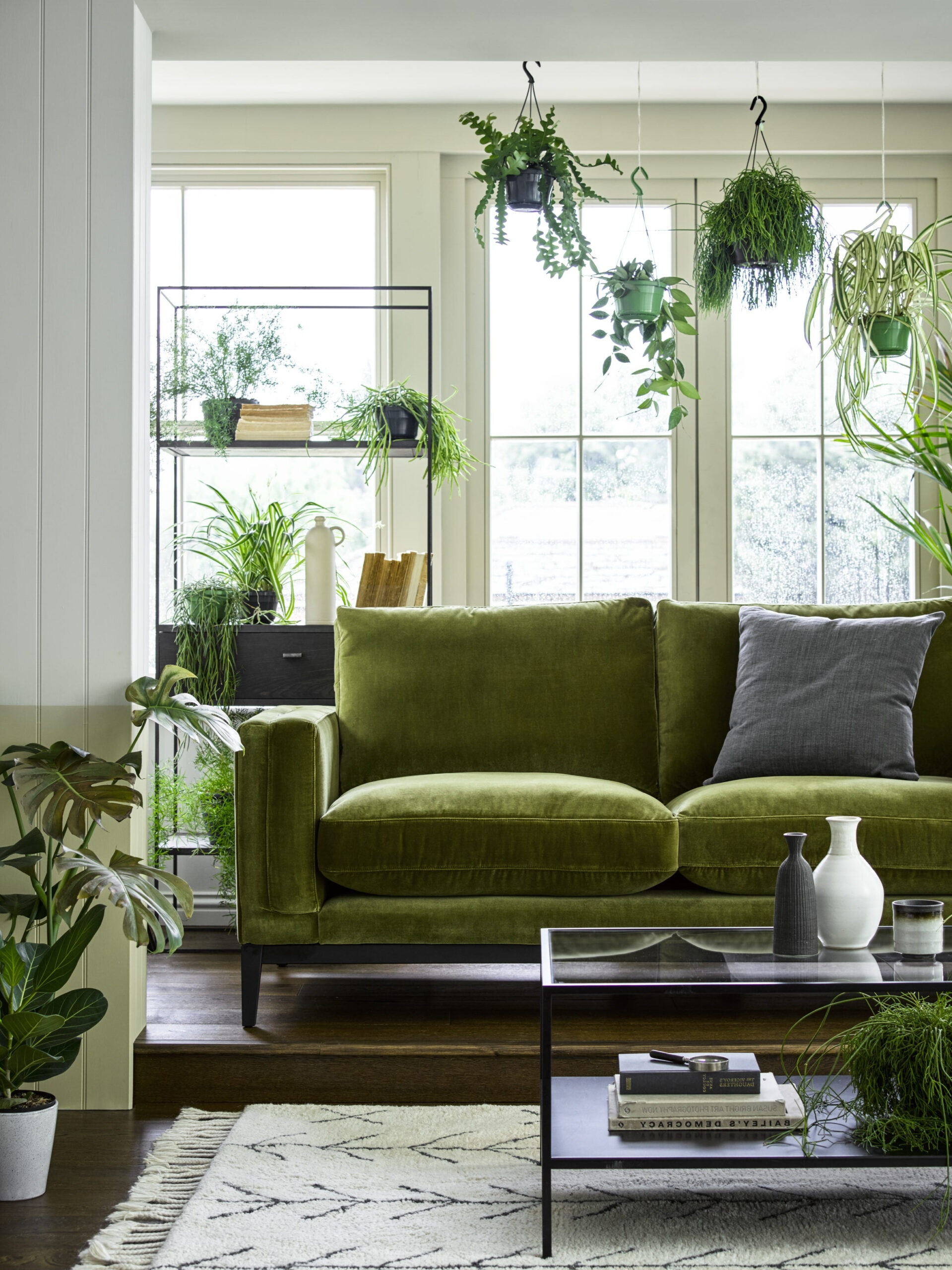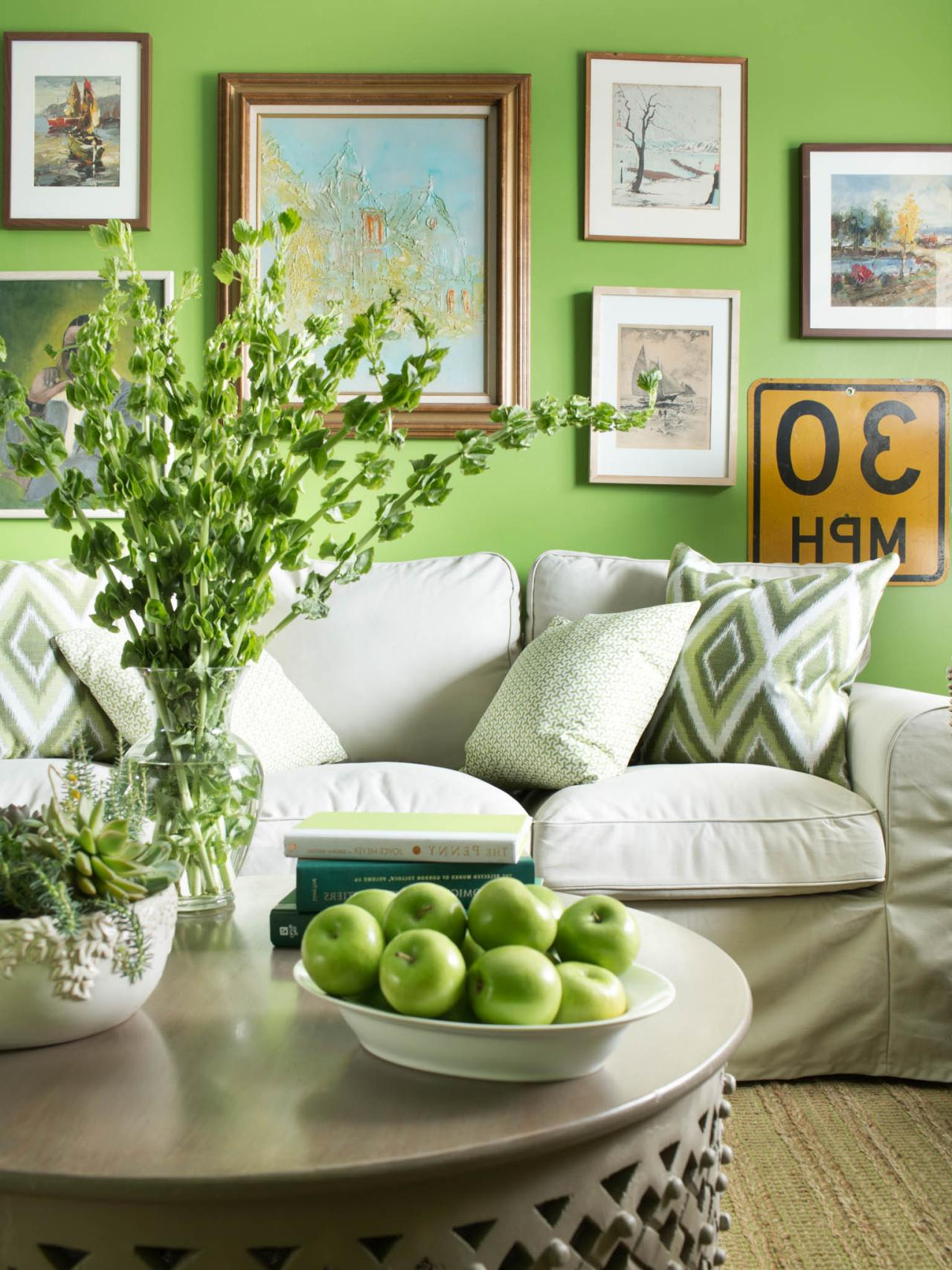You don’t need to become a sustainability expert to make your living room more eco-friendly. Sometimes the simplest changes make the biggest difference. Whether you’re juggling work, kids, and household chaos, these practical green tips actually fit into busy lives. They’re not just pretty ideas – they’re real solutions that save money, reduce waste, and make your space feel better.
Let’s face it, most of us are too busy to spend hours researching sustainable home products. We want our living rooms to feel good, look good, and not cost a fortune. The good news? You can make your space greener without becoming a green guru. These tips work because they focus on what matters most: saving time, money, and energy while keeping things simple. We’re talking about changes that don’t require major renovations or expensive overhauls. Just a few smart moves that make a real difference in your daily life.
Start With What You Already Have
The easiest way to go green is to reuse and repurpose what you already own. Instead of buying new furniture, think about rearranging your existing pieces. A few strategic moves can completely transform your space. Consider swapping out throw pillows for organic cotton options, or using old blankets as room dividers. This approach works because it eliminates the need for new purchases, which often means less money spent and less environmental impact. Plus, it’s incredibly satisfying to see how much better your space looks with a little creativity. Many people find that reorganizing their furniture alone can make their room feel fresh and new. Sometimes we just need to see things differently.
Choose Sustainable Materials That Last
When you do need to buy something new, focus on materials that will stand the test of time. Natural wood, organic cotton, and recycled metals are worth the investment because they don’t break down quickly. For example, a solid wooden coffee table lasts decades, while a plastic one might need replacing every few years. Look for items made with sustainable practices and certifications like FSC for wood or OEKO-TEX for fabrics. These aren’t just buzzwords – they represent real commitment to responsible manufacturing. You’ll save money in the long run because you won’t keep replacing things. It’s also satisfying to know that your purchases support companies that care about the environment.
Maximize Natural Light and Air Flow
One of the best ways to make your living room feel greener is to let in more natural light. Open your curtains during the day instead of relying on artificial lighting. This saves electricity and makes your space feel brighter and more welcoming. Clean windows regularly so sunlight can shine through effectively. Also, open windows when possible to improve air quality and reduce the need for artificial ventilation. Plants naturally filter the air, so adding a few green friends helps clean the air you breathe. Think of your living room as a breathing space that connects with the outside world. This simple change makes a big difference in how your room feels and functions.
Clean Green with Simple Products
Your cleaning routine can be eco-friendly without being complicated. Many common household items work perfectly for cleaning. Vinegar and baking soda are excellent all-purpose cleaners that cost pennies. They’re effective against dirt, grime, and odors without harsh chemicals. You can even make your own cleaning spray using water, vinegar, and essential oils for a pleasant scent. Avoid commercial cleaning products that contain toxic chemicals, especially if you have children or pets. These products often come in plastic packaging that adds to waste. Making your own cleaner is also fun and rewarding, plus you know exactly what goes into it. The results are just as good, if not better, than store-bought alternatives.
Reduce Energy Consumption Smartly
Even the smallest shifts in how you use electricity can have a surprisingly large impact on both your energy bills and your overall carbon footprint. Every watt counts, and adopting a few mindful habits can lead to meaningful change over time. Start by replacing traditional incandescent bulbs with LED alternatives—they consume up to 80% less energy and can last more than ten times longer, reducing waste and maintenance. Beyond lighting, pay attention to the hidden energy draw in your home. Many devices continue to consume power even when turned off, a phenomenon known as “phantom load.” Unplugging electronics like chargers, coffee makers, and game consoles when not in use—or using smart power strips that automatically cut off electricity—can eliminate this unnecessary drain.
Another easy yet impactful adjustment involves your thermostat. Instead of setting it to extreme temperatures, keep it at a moderate, consistent level. In winter, try lowering the temperature slightly and wearing an extra layer; in summer, raise it a few degrees and use fans to circulate air. These subtle changes reduce the workload on your heating and cooling systems, which are often the biggest contributors to household energy consumption. Even something as simple as turning off lights when leaving a room can make a measurable difference. Over the course of a month, those saved kilowatt-hours might easily cover the cost of a coffee—or more.
When you add up these small actions, the results become significant. You’ll not only see a drop in your electric bill but also contribute to a more sustainable, energy-efficient lifestyle. It’s a practical, everyday approach to environmental responsibility—proof that you don’t need massive lifestyle changes to make a positive impact. The key is awareness: once you start noticing where and how energy is being used, you naturally become more efficient, reducing waste while making your home more eco-friendly and cost-effective.
Embrace Secondhand and Upcycled Finds
Shopping secondhand isn’t just budget-friendly – it’s environmentally responsible. Thrift stores, Facebook Marketplace, and local community groups offer incredible finds for reasonable prices. You can often find high-quality furniture, books, and decorative items that have been lovingly used before. Some people discover vintage pieces that become conversation starters and family heirlooms. Upcycling old items gives them new life instead of throwing them away. Turn an old ladder into a bookshelf, or transform a wooden crate into a side table. These projects can be fun weekend activities that give your space character. You’re not just saving money – you’re helping reduce waste and creating something unique.
Going green in your living room doesn’t have to be overwhelming or expensive. These simple strategies work because they focus on what really matters: making your space more comfortable, saving money, and reducing environmental impact. The key is starting small and building from there. You don’t need to overhaul everything at once. Pick one or two tips that appeal to you and try them out. Maybe start with cleaning with natural ingredients, or rearrange your furniture to make better use of space. You’ll likely notice improvements in how your room feels and functions. The best part? These changes often make your home more enjoyable to live in. Your living room becomes a place where you actually want to spend time, not just a space to pass through. Small steps lead to big results, and you’ll probably find that you enjoy the process more than you expected.















